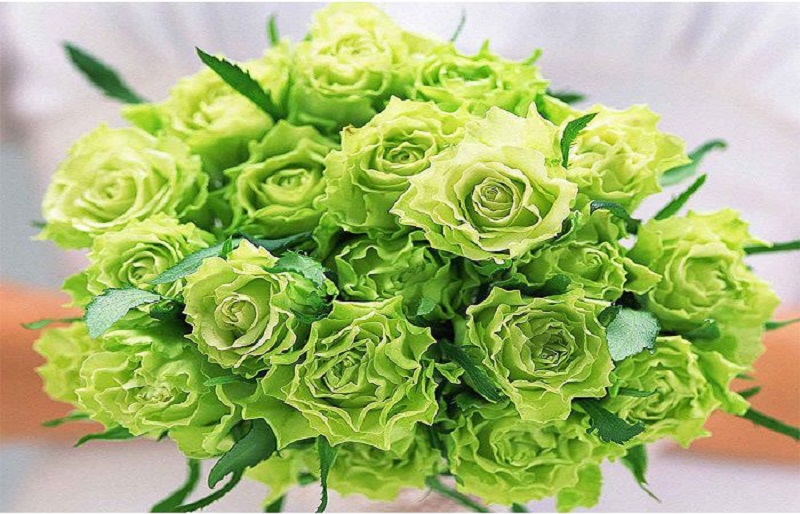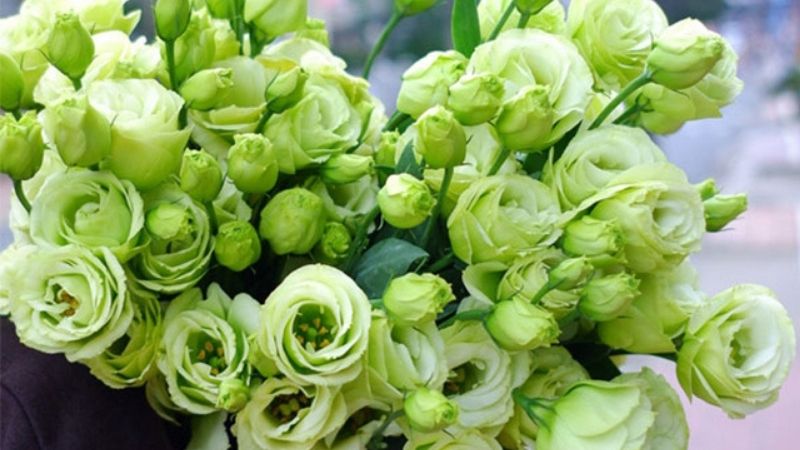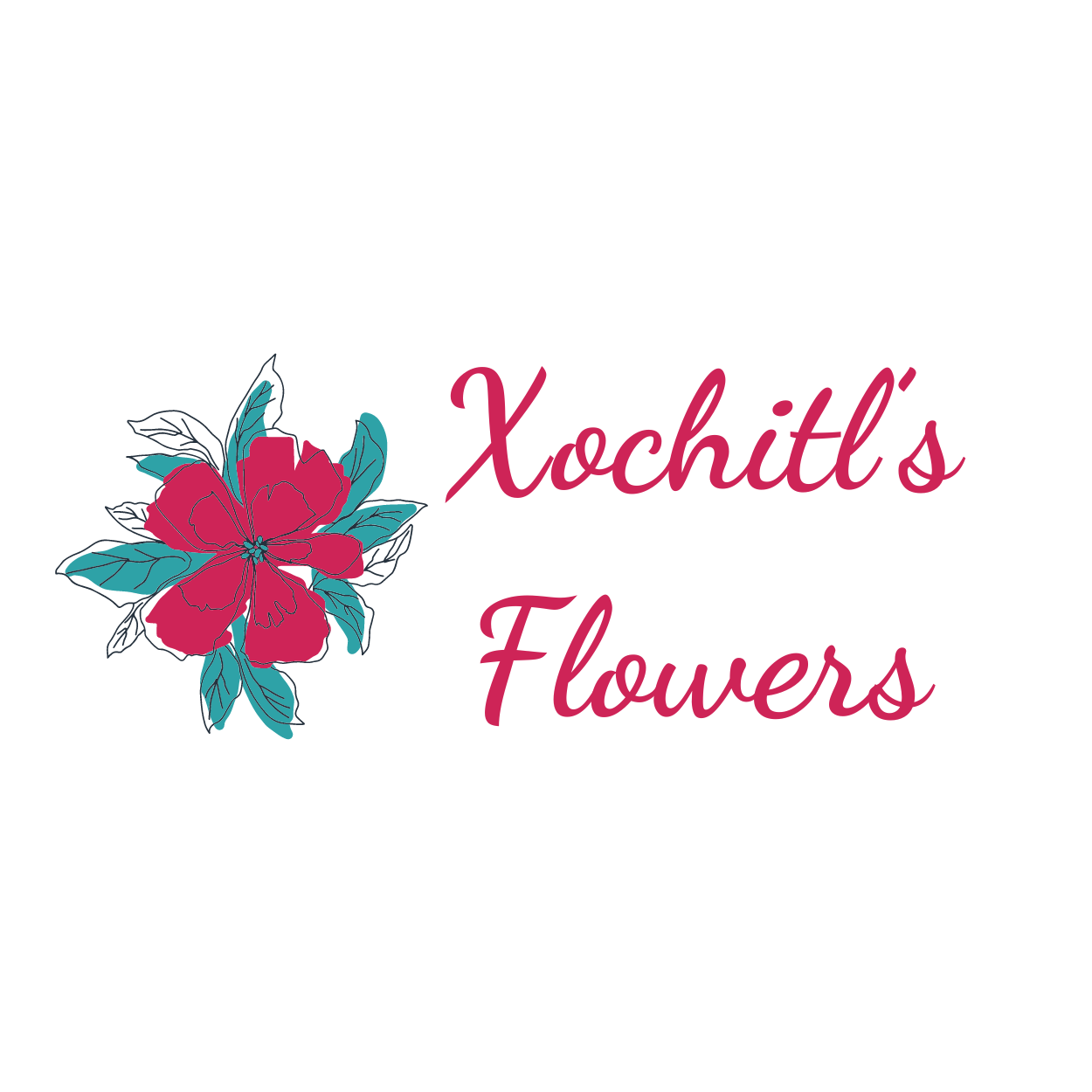Blue Lisianthus (Eustoma grandiflorum) is a stunning flower known for its elegant appearance and captivating blue hues. Often celebrated for its resemblance to roses and its impressive blooms, Blue Lisianthus has become a favorite in gardens and floral arrangements worldwide. This article delves into the characteristics, care requirements, and significance of Blue Lisianthus, offering a comprehensive guide for enthusiasts and gardeners looking to incorporate this beautiful flower into their spaces.
Physical Characteristics
Plant Size and Growth Habit
Blue Lisianthus is renowned for its graceful growth and compact form. Typically, these plants reach a height of 12 to 24 inches, with a similar spread. The growth habit is upright and bushy, with multiple stems emerging from a central base. This structure makes Blue Lisianthus suitable for various garden settings, including borders and containers, where its elegant form can be showcased.

Flower Structure
The blooms of Blue Lisianthus are characterized by their large, bell-shaped flowers that resemble roses. Each bloom can measure 2 to 3 inches in diameter, with multiple layers of delicate petals. The petal arrangement creates a ruffled, textured appearance, adding depth and interest to floral displays. The flowers are held on sturdy stems, making them ideal for both garden displays and cut arrangements.
Color Variations
Blue Lisianthus is primarily known for its range of blue hues, from soft, pastel blues to deep, vibrant navy. These variations allow for a diverse range of aesthetic options, whether used alone or paired with other flowers. The blue coloration can sometimes be accompanied by subtle gradients or tinges of purple, enhancing its visual appeal.
Varieties of Blue Lisianthus
Popular Cultivars
Several blue Lisianthus varieties are well-regarded for their beauty and performance. Examples include ‘Mariachi Blue,’ known for its striking, rich blue flowers, and ‘Echo Blue,’ which features a softer, pastel blue hue. These cultivars are favored for their reliable blooming and attractive appearance, making them popular choices for gardeners and floral designers.
New Introductions
Recent advancements in breeding have introduced new cultivars of Blue Lisianthus with unique features. Varieties such as ‘Flamenco Blue’ and ‘Art Deco Blue’ offer innovative color patterns and improved flower longevity. These new introductions expand the possibilities for using Blue Lisianthus in various garden and floral design contexts.
Cultivation and Care
Planting Requirements
Blue Lisianthus thrives in well-drained soil with a neutral to slightly alkaline pH. For optimal growth, plant these flowers in a location that receives full sunlight, ideally at least 6 hours per day. Space the plants about 12 inches apart to ensure adequate air circulation and prevent overcrowding. Enrich the soil with organic matter to support healthy root development and flowering.
Growth Conditions
These plants prefer moderate temperatures, ideally between 60 to 75 degrees Fahrenheit. They can tolerate some temperature fluctuations but may struggle in extreme heat or cold. In regions with harsh climates, providing partial shade during the hottest part of the day or using protective coverings during cold spells can help maintain plant health.
Watering and Fertilization
Consistent watering is essential for Blue Lisianthus, but it’s important to avoid overwatering, which can lead to root rot. Water the plants when the top inch of soil feels dry, ensuring that the water reaches the root zone. Apply a balanced, water-soluble fertilizer every 4-6 weeks to promote vigorous growth and abundant blooms. Avoid excessive fertilization, as this can lead to excessive foliage growth at the expense of flowers.
Pruning and Maintenance
Regular pruning and deadheading are important for maintaining the health and appearance of Blue Lisianthus. Remove spent blooms to encourage continuous flowering and prevent the plant from becoming leggy. Pruning also helps to shape the plant and stimulate new growth. Keep an eye out for any signs of disease or pest issues and address them promptly to ensure optimal plant health.
Common Issues and Solutions
Pests and Diseases
Blue Lisianthus can be susceptible to pests such as aphids and spider mites, which can damage the foliage and flowers. Use insecticidal soap or neem oil to manage these pests effectively. Common diseases include powdery mildew and root rot. To prevent these issues, ensure proper soil drainage and avoid overhead watering, which can create a favorable environment for fungal growth.
Troubleshooting Tips
If Blue Lisianthus exhibits symptoms such as wilting, yellowing leaves, or poor flowering, it may indicate issues with watering or nutrient deficiencies. Adjust watering practices and consider using a balanced fertilizer to address these problems. Regular inspection and prompt action can help prevent and resolve common issues, ensuring healthy and vibrant blooms.

Uses and Significance
Gardening Uses
Blue Lisianthus is highly versatile in garden settings. Its compact size makes it suitable for use in borders, container gardens, and as a focal point in flower beds. It pairs well with other flowers and foliage, adding a touch of elegance and color to various garden designs. The plant’s long-lasting blooms make it an excellent choice for creating visually appealing garden displays.
Floral Arrangements
In floral design, Blue Lisianthus is prized for its stunning appearance and versatility. It is commonly used in bouquets, centerpieces, and arrangements for special occasions. The flower’s elegant blooms and rich blue hues make it a popular choice for adding sophistication and visual interest to any floral arrangement.
Symbolism and Cultural Importance
Blue Lisianthus is often associated with beauty, elegance, and grace. Its blue coloration can symbolize tranquility and serenity, making it a meaningful choice for various cultural and ceremonial contexts. The flower’s delicate appearance and rich symbolism add depth and significance to its use in floral designs and arrangements.
Notable Cultivars and Varieties
Classic Varieties
Established blue Lisianthus cultivars, such as ‘Mariachi Blue’ and ‘Echo Blue,’ have gained popularity for their reliable performance and striking appearance. These classic varieties continue to be favored by gardeners and floral designers for their consistent quality and beauty.
Innovative Varieties
New cultivars like ‘Flamenco Blue’ and ‘Art Deco Blue’ represent recent advancements in Lisianthus breeding. These innovative varieties offer unique color patterns and improved attributes, enhancing the options available for modern gardeners and floral designers.
Conclusion
Blue Lisianthus stands out as a captivating and versatile flower, cherished for its elegant blooms and stunning blue hues. Its compact size and adaptability make it an excellent choice for gardens and floral arrangements alike. By understanding its characteristics, care requirements, and significance, enthusiasts and gardeners can fully appreciate the beauty and charm of Blue Lisianthus. Whether used to enhance garden displays or create sophisticated floral arrangements, Blue Lisianthus remains a beloved flower, celebrated for its timeless appeal and versatility.
